Home>Maintenance & Safety>Child & Elderly Safety at Home>How To Organize Kids School Papers At Home
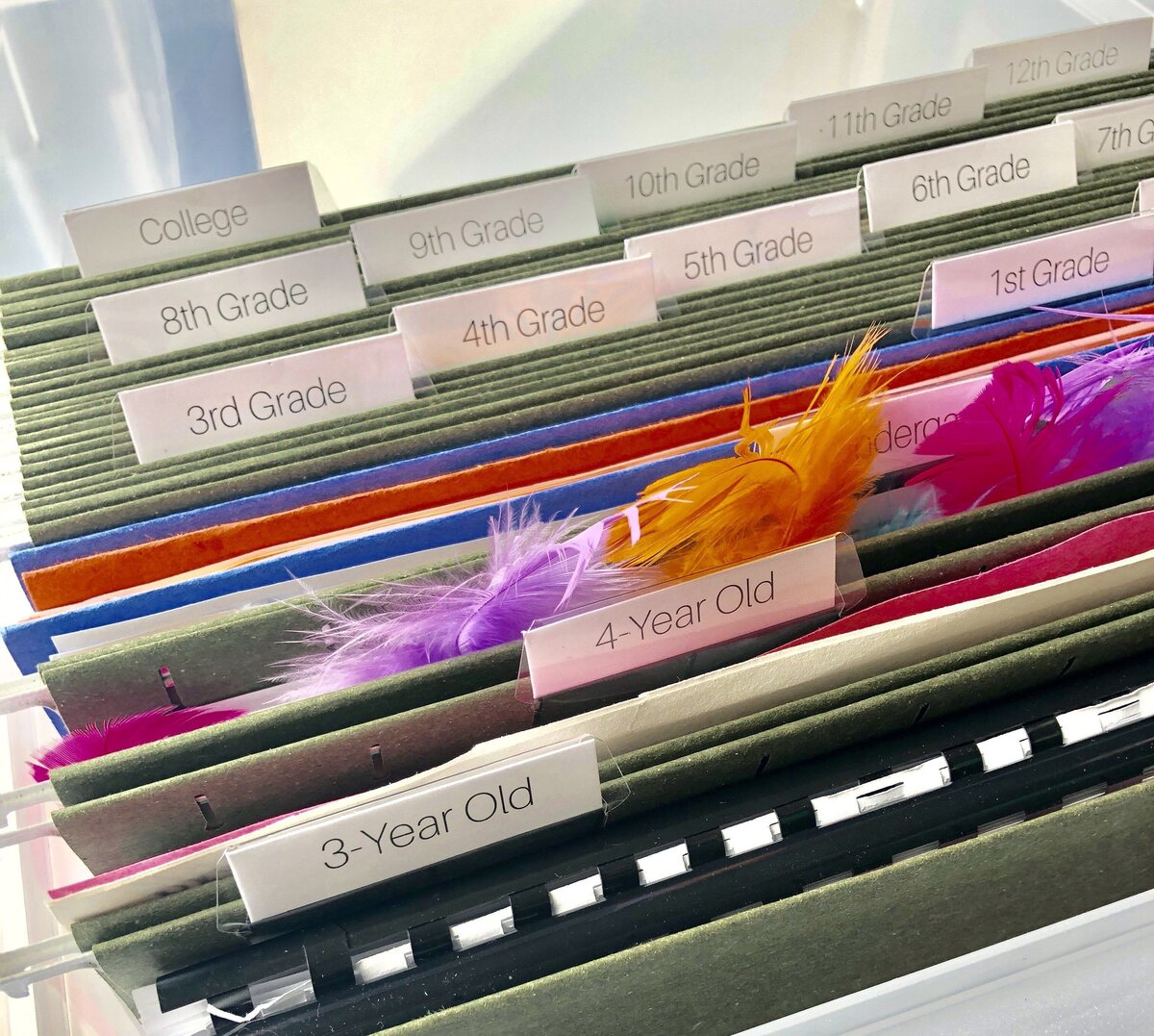

Child & Elderly Safety at Home
How To Organize Kids School Papers At Home
Modified: October 20, 2024
Discover effective strategies for organizing your kids' school papers at home to ensure child and elderly safety. Implement practical tips for creating a secure and clutter-free environment.
(Many of the links in this article redirect to a specific reviewed product. Your purchase of these products through affiliate links helps to generate commission for Storables.com, at no extra cost. Learn more)
Introduction
Are you tired of the endless piles of kids' school papers cluttering up your home? Do you find yourself struggling to keep track of important documents like permission slips, report cards, and artwork? If so, you're not alone. Many parents face the challenge of organizing kids' school papers and creating a system that works for the whole family. In this article, we'll explore practical tips and strategies for organizing kids' school papers at home, helping you regain control over the paper chaos and create a more streamlined and efficient system for managing your children's school-related documents.
Key Takeaways:
- Keep school papers organized by setting up a designated area, using storage solutions, and involving kids in the sorting process. Regular clean-up sessions and digital options can also help maintain an efficient system.
- Get kids involved in organizing their school papers by creating personalized storage spaces, implementing sorting games, and establishing a reward system. Encourage accountability and teach responsibility for a clutter-free and organized approach.
Read more: How To Organize Backpack For School
Setting Up a Paper Organization System
Setting up a paper organization system for your kids' school papers is the first step towards regaining control over the clutter. Here are some practical steps to get you started:
-
Designate a Centralized Area: Choose a specific area in your home where all school-related papers will be stored. This could be a dedicated desk, a filing cabinet, or even a designated section of a bookshelf. Having a centralized location will make it easier for everyone in the family to know where to find and store important documents.
-
Invest in Storage Solutions: Consider investing in storage solutions such as file folders, binders, or accordion files to keep papers organized. Label each storage container clearly to indicate the contents, making it easier to locate specific documents when needed.
-
Set Up a Command Center: Create a command center in your home that includes a bulletin board or a whiteboard for displaying important reminders, schedules, and upcoming events. This can serve as a visual hub for keeping track of school-related activities and deadlines.
-
Establish a Routine: Set a regular schedule for sorting through and organizing incoming school papers. Whether it's once a week or once a month, having a consistent routine will help prevent papers from piling up and becoming overwhelming.
By setting up a paper organization system, you can create a more efficient and manageable way to handle your kids' school papers, reducing stress and making it easier to stay on top of important documents.
Sorting and Categorizing Papers
When it comes to sorting and categorizing papers, having a clear plan in place can make a world of difference. Here's how you can tackle this task effectively:
-
Create Categories: Start by creating categories for different types of school papers. This could include categories such as permission slips, artwork, graded assignments, school newsletters, and important notices. By having predefined categories, you can easily sort incoming papers without feeling overwhelmed.
-
Use a Sorting Station: Designate a specific area in your home as a sorting station. This could be a table or a desk with labeled bins or folders for each category. As new papers come in, take a few minutes to sort them into the appropriate bins, making it easier to stay organized.
-
Implement a "Keep" and "Toss" System: Not every paper needs to be kept long-term. Implement a "keep" and "toss" system to quickly weed out papers that are no longer needed. Important documents can be filed away, while non-essential papers can be recycled to prevent unnecessary clutter.
-
Involve Your Kids: Get your kids involved in the sorting process. Teach them the importance of staying organized and help them understand where different types of papers should go. This not only teaches them valuable organizational skills but also lightens the load for you as a parent.
By sorting and categorizing papers as soon as they come into your home, you can prevent the accumulation of unnecessary clutter and ensure that important documents are easily accessible when needed.
Creating a Filing System
Creating a filing system for your kids' school papers is essential for maintaining organization and easy access to important documents. Here's how you can establish an effective filing system:
-
Choose the Right Filing Supplies: Invest in a sturdy filing cabinet or file storage boxes to keep your documents safe and organized. File folders, hanging files, and labels are also essential for categorizing and identifying different types of papers.
-
Organize by Category: Create separate folders for each category of school papers, such as permission slips, report cards, artwork, and school event flyers. Label each folder clearly to indicate its contents, making it easier to locate specific documents when needed.
-
Use a Color-Coding System: Consider using a color-coding system to further organize your filing system. Assign a specific color to each category of papers, making it visually easier to identify and retrieve documents at a glance.
-
Archive Older Documents: As the school year progresses, consider archiving older documents that are no longer immediately relevant. This could include storing them in labeled storage boxes in a separate area to free up space in your active filing system.
-
Digital Filing Options: In addition to physical filing, consider creating a digital filing system for important school-related documents. Scan and save documents to your computer or cloud storage, creating a digital backup for added security and accessibility.
By creating a comprehensive filing system for your kids' school papers, you can ensure that important documents are stored in an organized and easily accessible manner, reducing the stress of searching for specific papers when needed.
Create a filing system with folders or binders for each child, and label them with the school year. Sort and store important papers like report cards, certificates, and artwork to keep them organized and easily accessible.
Digital Organization Options
In today's digital age, leveraging technology for organizing kids' school papers can offer numerous benefits. Here are some digital organization options to consider:
-
Scan and Store: Invest in a reliable scanner or use your smartphone to scan important school documents and save them as digital files. Organize these digital files into folders on your computer or cloud storage, creating a secure and easily accessible digital archive of your kids' school papers.
-
Cloud Storage Solutions: Utilize cloud storage services such as Google Drive, Dropbox, or Microsoft OneDrive to store and organize digital copies of school-related documents. These platforms offer the advantage of accessibility from any device with an internet connection, making it convenient to retrieve important papers on the go.
-
Digital Note-Taking Apps: Consider using digital note-taking apps like Evernote or OneNote to keep track of important information, schedules, and to-do lists related to your kids' school activities. These apps allow you to create digital notebooks and organize notes in a structured and searchable manner.
-
Parent Portals and Apps: Many schools provide parent portals or mobile apps that offer access to important school-related information, including grades, attendance records, and event calendars. Familiarize yourself with these platforms and take advantage of the digital resources they offer for staying informed and organized.
-
Email Organization: Create dedicated folders in your email account for school communications. Use filters and labels to automatically sort incoming school-related emails, making it easier to locate specific messages and attachments when needed.
By embracing digital organization options, you can streamline the management of your kids' school papers, reduce physical clutter, and ensure that important documents are readily accessible whenever required.
Read more: How To Organize School Supplies
Regular Maintenance and Clean-Up
Regular maintenance and clean-up are crucial aspects of maintaining an organized system for your kids' school papers. Here's how you can stay on top of regular maintenance and ensure that your paper organization system remains efficient and clutter-free:
-
Scheduled Clean-Up Sessions: Set aside dedicated time intervals, such as once a month, to conduct clean-up sessions for your kids' school papers. During these sessions, review and declutter any unnecessary documents, file away new papers, and ensure that the organization system is functioning effectively.
-
Purge Unnecessary Papers: Take the time to go through existing papers and purge any documents that are no longer relevant or needed. This includes outdated notices, completed assignments, and any other papers that no longer serve a purpose. By regularly purging unnecessary papers, you can prevent the accumulation of clutter and maintain a streamlined filing system.
-
Reassess and Adjust: Periodically reassess your paper organization system to identify any areas that may need adjustment or improvement. This could involve reevaluating the categories used, refining the filing system, or implementing new storage solutions based on the changing needs of your kids' school-related paperwork.
-
Encourage Accountability: Involve your kids in the regular maintenance process by encouraging them to take responsibility for their own papers. Teach them the importance of keeping their school documents organized and guide them in maintaining their own designated storage areas for papers they bring home.
-
Celebrate Achievements: Use regular maintenance sessions as an opportunity to celebrate your kids' achievements and progress. Take the time to review and appreciate their artwork, academic accomplishments, and any special recognitions they have received, creating a positive and rewarding experience out of the maintenance process.
By prioritizing regular maintenance and clean-up of your kids' school papers, you can ensure that your organization system remains effective, clutter is kept at bay, and important documents are readily accessible when needed.
Tips for Involving Kids in the Organization Process
Involving your kids in the organization process can not only lighten your load but also teach them valuable skills in responsibility and organization. Here are some tips for getting your kids actively involved in managing their school papers:
-
Create Personalized Storage Spaces: Assign each child their own designated storage space for their school papers. This could be a folder, a bin, or a section in the filing system. Personalizing their storage space gives them a sense of ownership and responsibility for their own papers.
-
Implement a Sorting Game: Turn sorting papers into a fun game for younger kids. Use colorful bins or folders and encourage them to sort their papers based on categories such as artwork, homework, and notices. You can even set a timer and make it a race to see who can sort their papers the fastest.
-
Designate a Paper Manager: If you have multiple kids, consider rotating the role of "paper manager" on a weekly or monthly basis. The paper manager is responsible for sorting and filing papers for the entire family, giving each child a turn to take charge of the organization process.
-
Create a Reward System: Establish a reward system to incentivize your kids to stay organized. This could involve earning stickers, points, or small rewards for consistently maintaining their paper storage, completing their homework, or keeping their designated area tidy.
-
Encourage Personalization: Allow your kids to personalize their storage spaces with stickers, labels, or artwork. This not only adds a personal touch but also makes it easier for them to identify their own papers and take pride in their organization efforts.
-
Teach Responsibility: Use the organization process as an opportunity to teach your kids about responsibility. Explain the importance of keeping their school papers organized and the benefits of being able to easily find important documents when needed.
By involving your kids in the organization process and making it a collaborative and engaging experience, you can instill valuable organizational skills and habits that will benefit them both academically and in their everyday lives.
Conclusion
In conclusion, organizing kids' school papers at home doesn't have to be a daunting task. By implementing a well-defined paper organization system, involving your kids in the process, and leveraging both physical and digital organization options, you can create a streamlined and efficient approach to managing school-related documents. Regular maintenance, scheduled clean-up sessions, and the encouragement of accountability among your kids further contribute to maintaining an organized and clutter-free system. By following the practical tips and strategies outlined in this article, you can reclaim control over the paper chaos, reduce stress, and ensure that important school papers are readily accessible whenever needed. Ultimately, the goal is to create a system that not only keeps the paperwork organized but also fosters a sense of responsibility and organization in your children, setting them up for success both in school and in life.
Frequently Asked Questions about How To Organize Kids School Papers At Home
Was this page helpful?
At Storables.com, we guarantee accurate and reliable information. Our content, validated by Expert Board Contributors, is crafted following stringent Editorial Policies. We're committed to providing you with well-researched, expert-backed insights for all your informational needs.
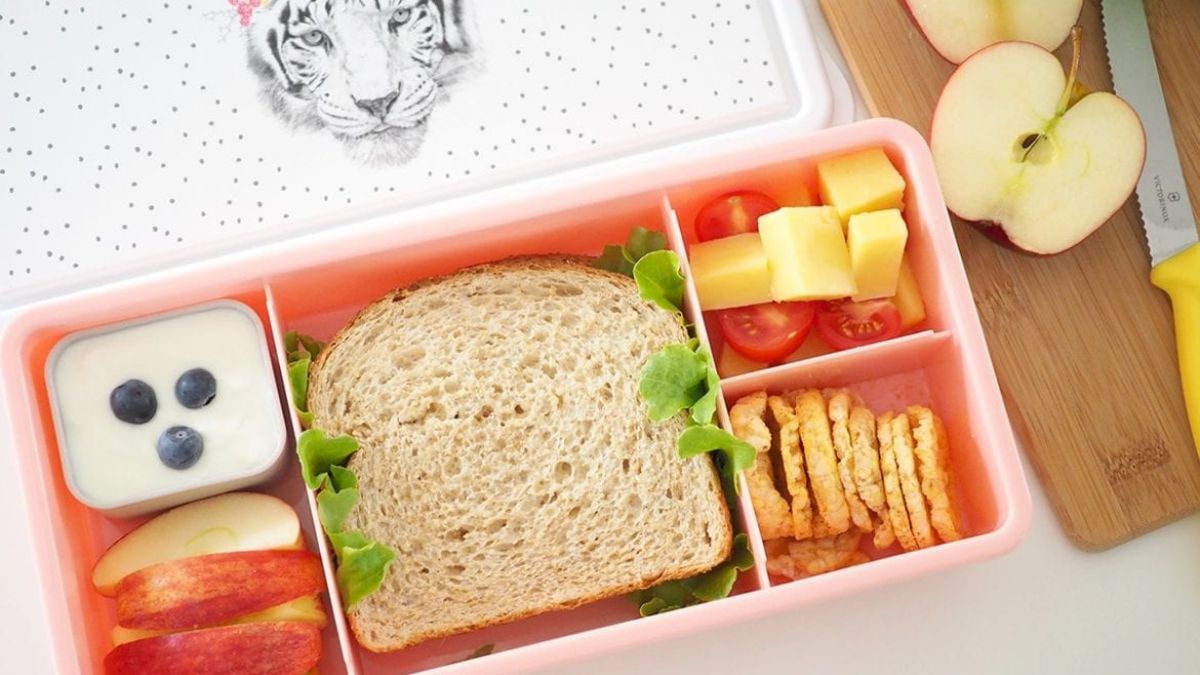



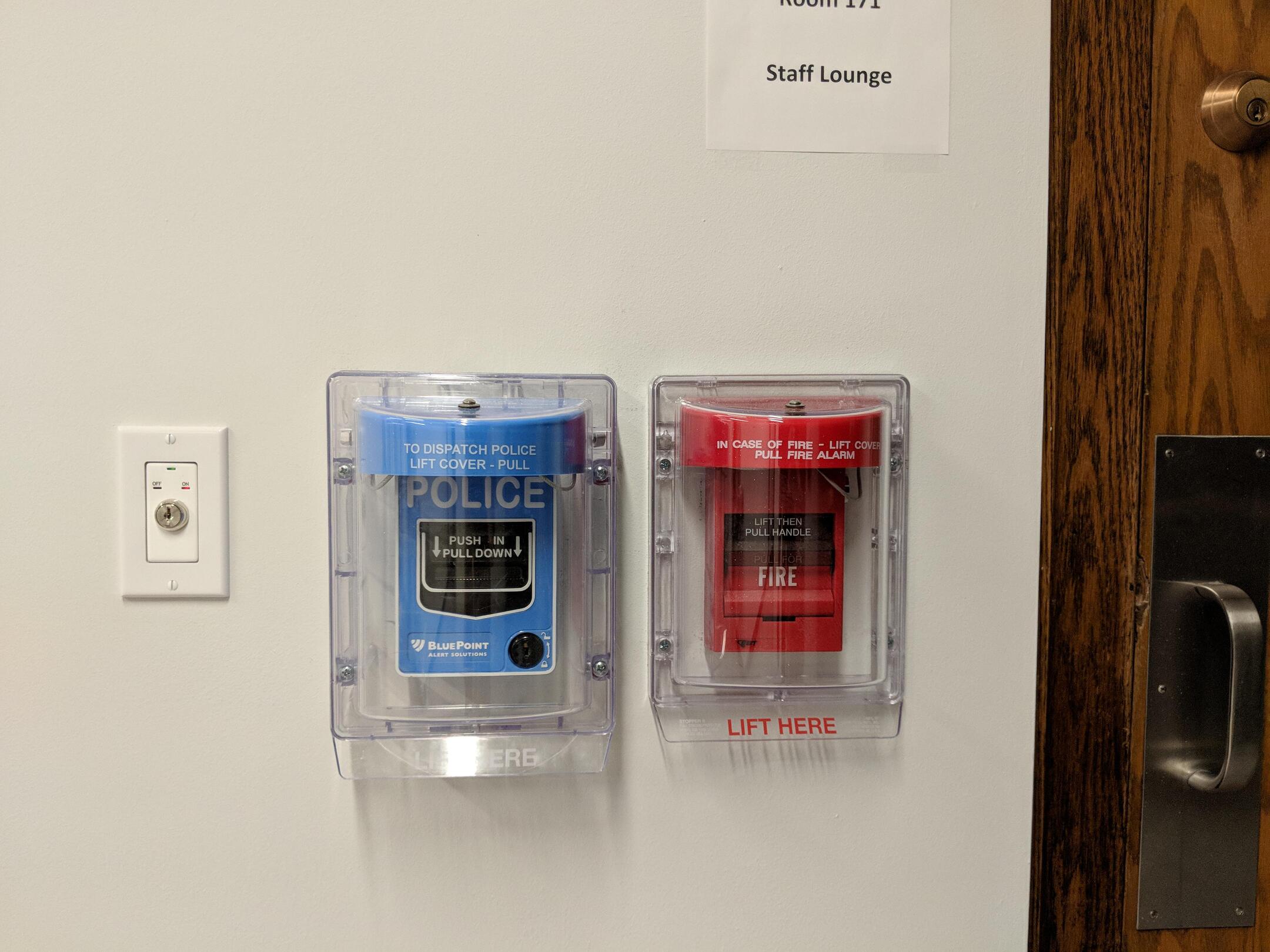
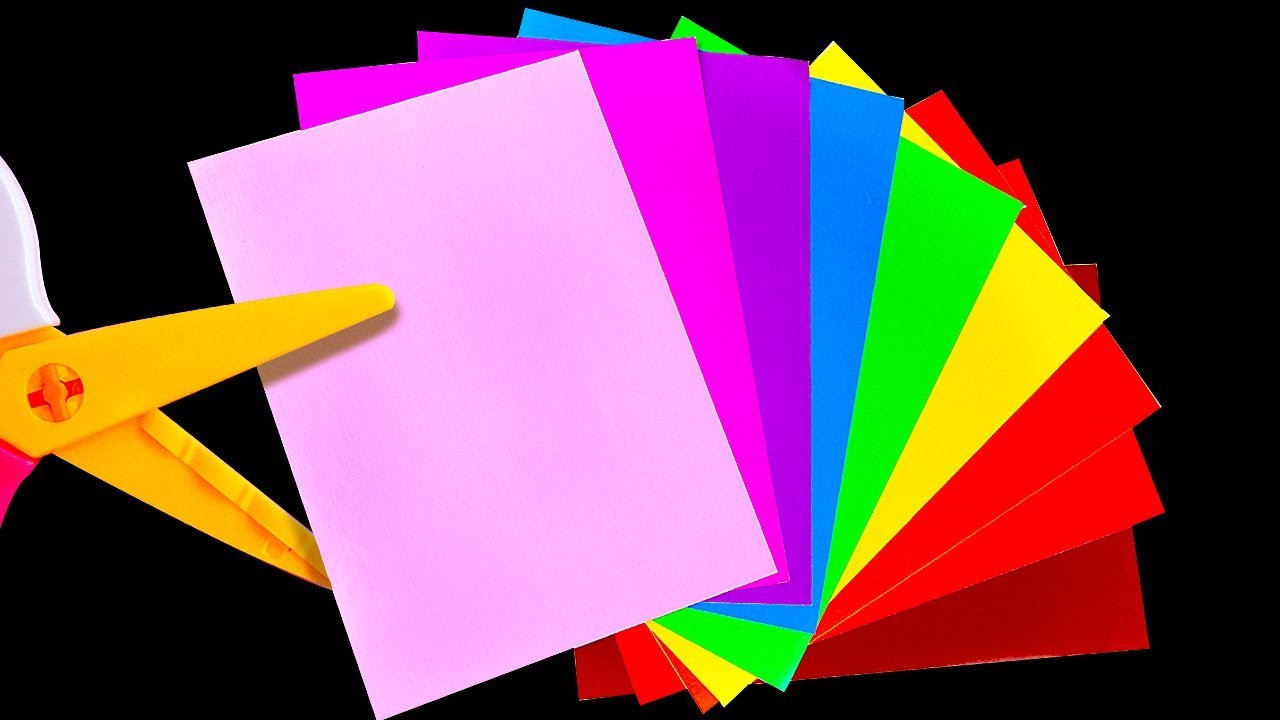
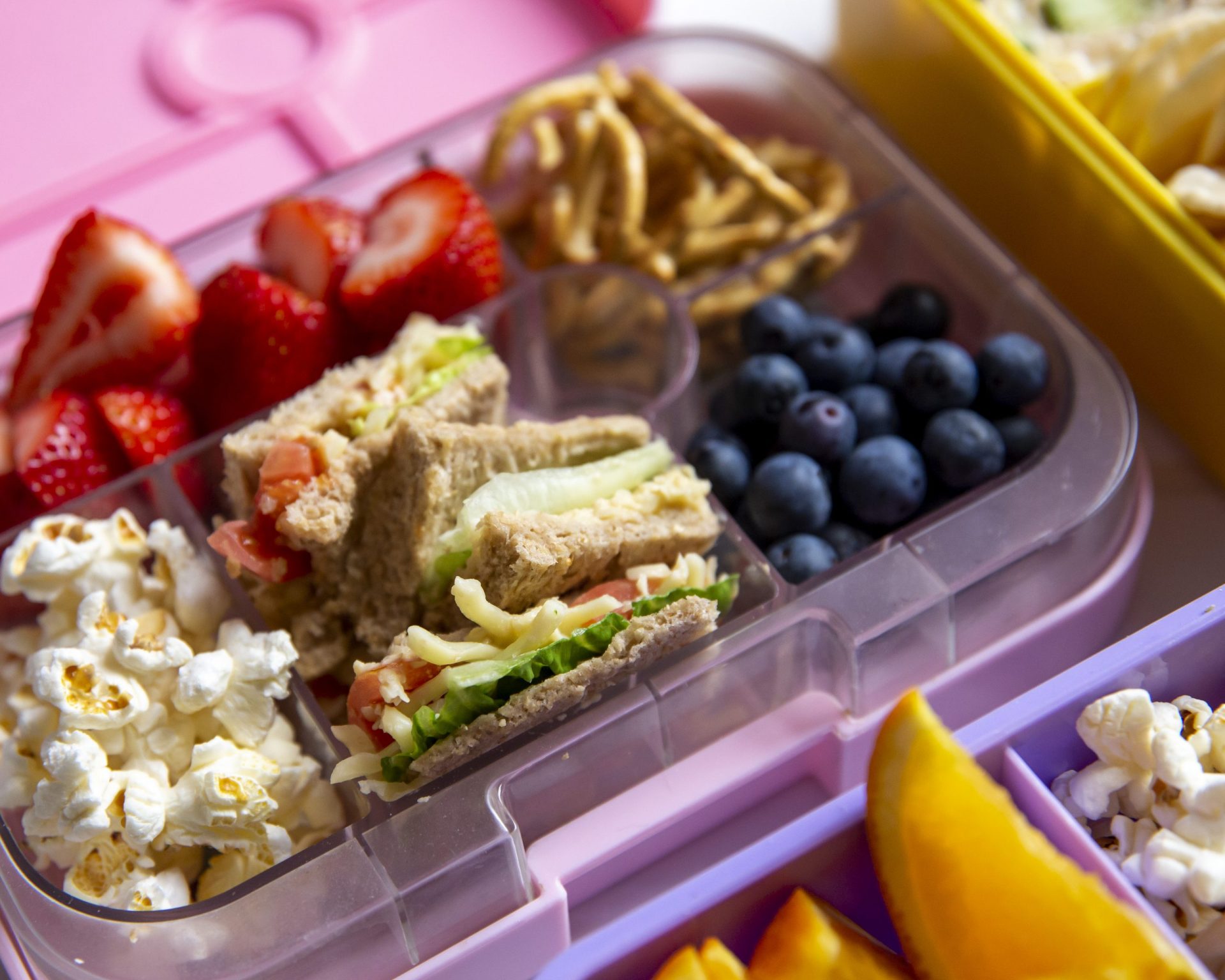
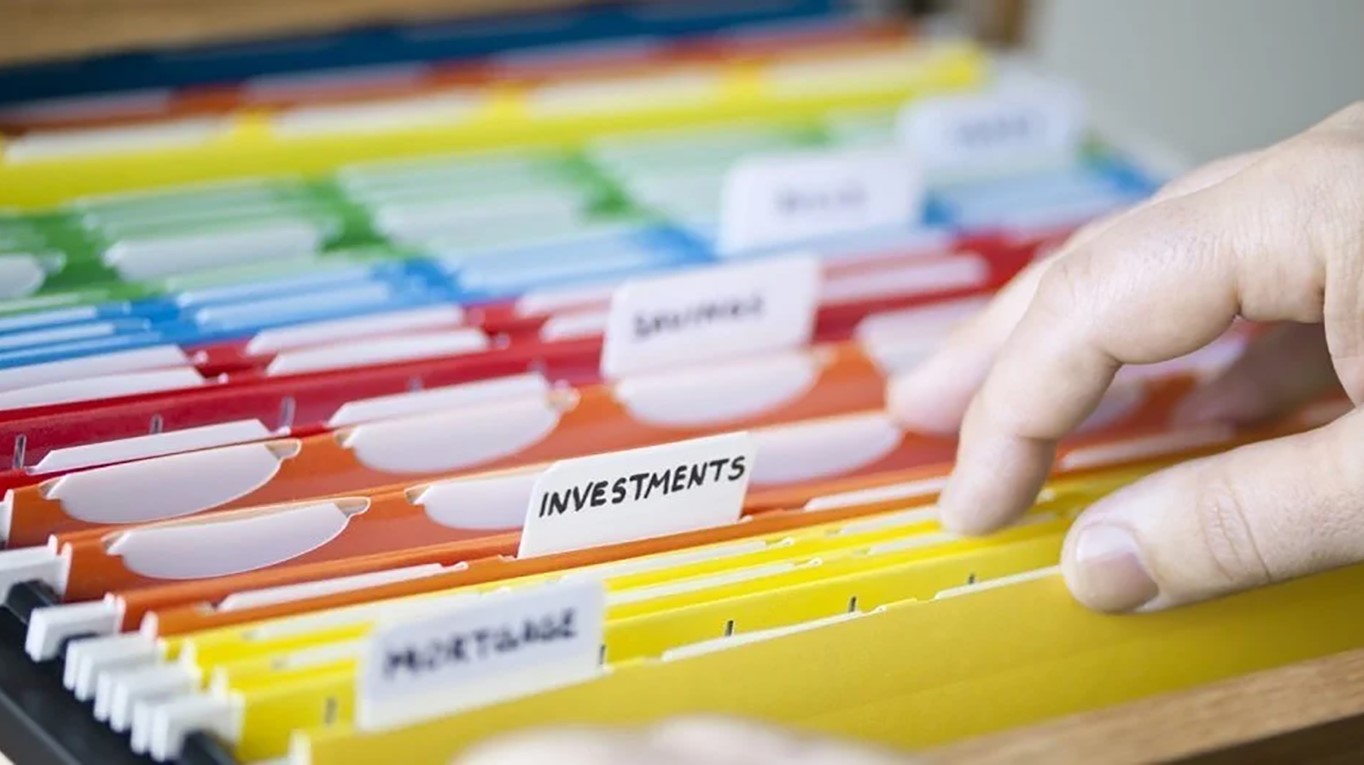

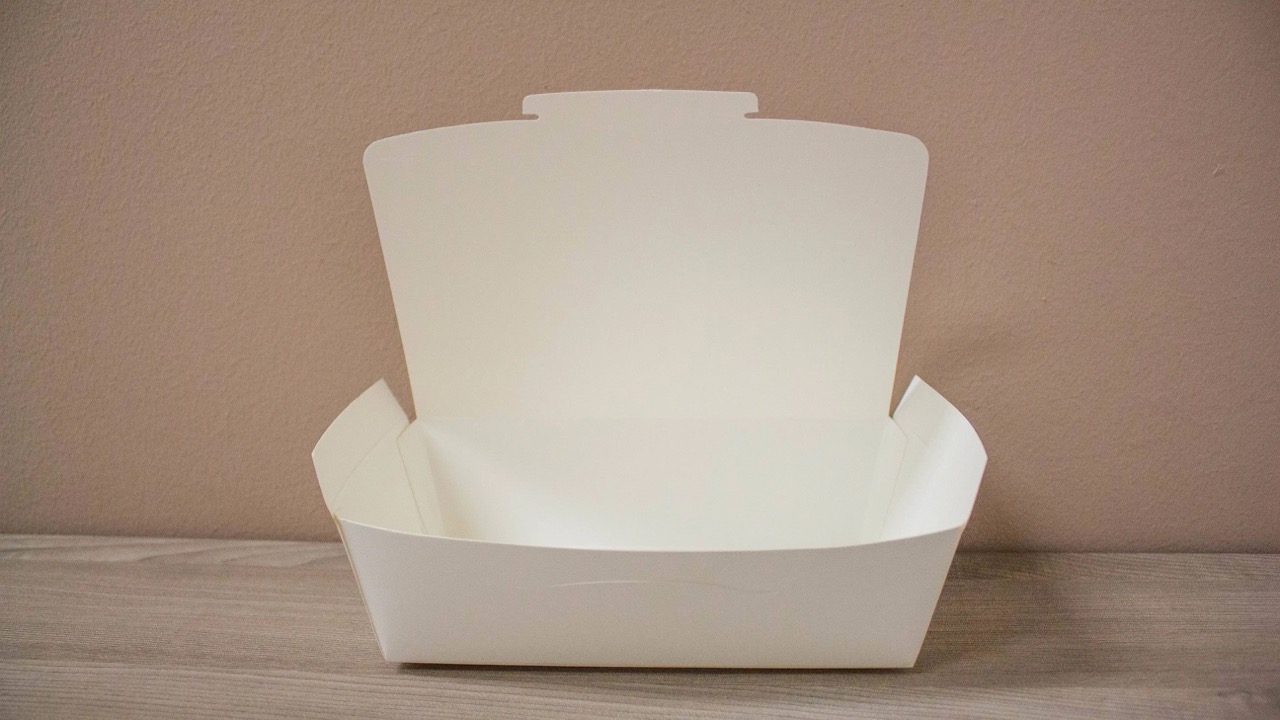





0 thoughts on “How To Organize Kids School Papers At Home”